5 Therapeutic Plants that You Can Grow at Home
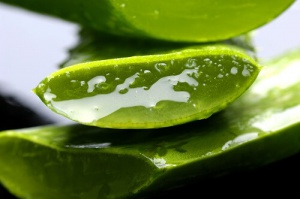

Written and verified by psychologist Valeria Sabater
It doesn’t matter if you live in a small house. The chance to grow your own therapeutic plants at home is always worth the effort. You will just need a few flowerpots, consistency in watering them once in a while, and a slightly bright place.
Aloe vera, mint, chamomile… All these plants will help you and your children will love watching them grow, and will also learn about the marvels that nature gives us.
Medicinal Therapeutic Plants that You Can Grow at Home
Having your own garden of medicinal and therapeutic plants at home is almost like having a small pharmacy that you can benefit from at any moment. A cold, stomach ache, an injury that won’t heal, a good relaxing toner are just a few of the treatments you’ll have within arm’s reach.
Nature is wise and amazing, a remedy at everyone’s fingertips that you can learn from every day. So why not have your own small selection of medicinal plants at home? Of course, you should. It’s worth it, so take note of the most common kinds of therapeutic plants that you can grow easily in flowerpots.
1. Aloe Vera
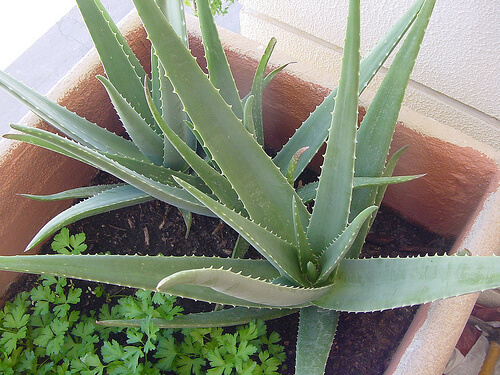
Aloe vera does not need excessive care. You should put it in flowerpots in plenty of light on your house’s balcony and water it once in a while. It tends to be pretty fertile. Its meaty leaves are nourished by water, enzymes, and rich in amino acids that are capable of regenerating damaged skin.
Additionally, you can easily extract a curative gel by cutting its leaves. When growing it at home, please note that it is always better to do it in a clay pot rather than a plastic one. Thus, fill it with normal dirt that is 50% peat moss, and put two fingertips of stones on the bottom for drainage.
It is essential that it always has a lot of direct sunlight and that it is protected from the cold during winter.
You may also like:
10 Spectacular Uses for Aloe Vera
2. Mint
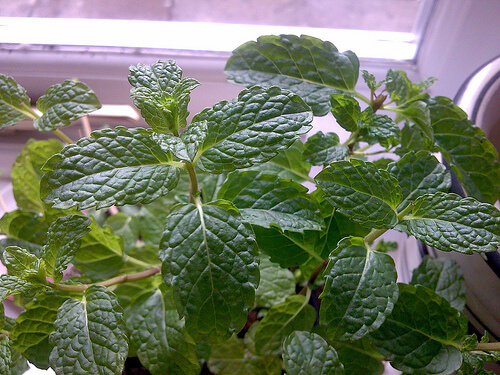
Who could resist a good mint infusion at mid-afternoon? It is great for stomach aches and is a great toner with calming effects that you can also combine with another kind of plant to make teas and infusions. It is a great natural remedy that you will love to grow in a flowerpot or home garden.
It’s ideal to garnish your desserts and meals. But how to grow it? Very easily, this is a herb that you can plant at any time of the year and will need little care. It also repels bees, louse, and a lot of other bugs.
And so, find a clay pot, put in equal parts dirt and peat moss, as well as a stone base for drainage. Additionally, keep in mind that mint prefers indirect sunlight, so don’t expose it directly to sunlight.
3. Salvia
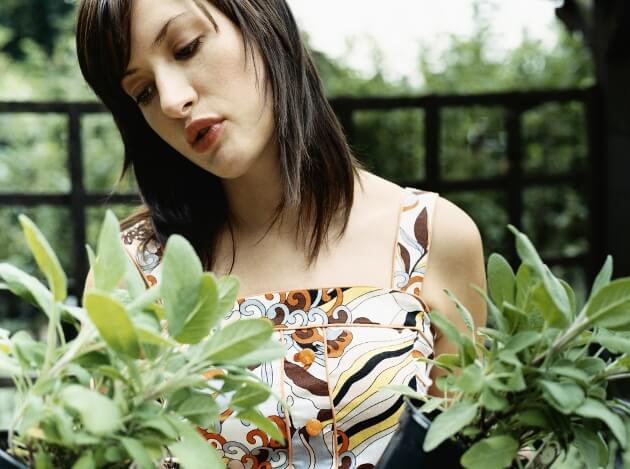
The word “salvia” means to be in good health. To benefit from this amazing medicinal plant, you should look for clay soil and make sure you always have good drainage at the base.
Salvia also needs a lot of sunlight, which is why it would be perfect to put on your house’s balcony or in that corner of your house that is always sunny. Additionally, it’s relaxing, digestive, and great for reducing inflammation or even headaches.
4. Parsley
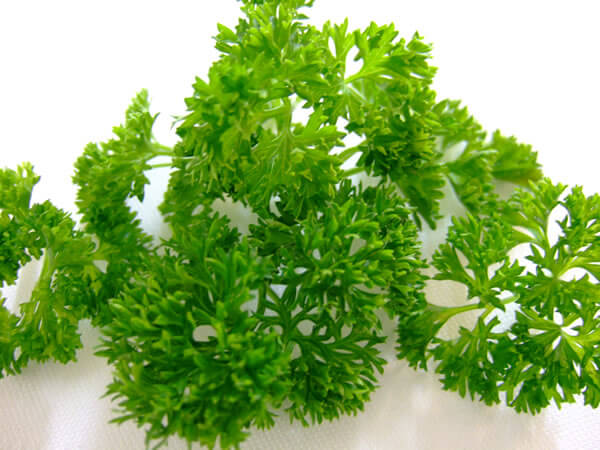
Parsley needs at least 5 hours of good sunlight a day. After that, you can put it in the shade. And so, you will need a pot with a little bit of soil, some peat moss, and a stone base. However, it takes a long time to grow, so don’t forget to continue watering it even if you think it is never going to grow any leaves. But they will.
We recommend you also read:
Tips for Cleansing Your Kidneys Naturally in a Week
It will take a few months, but they will grow. And when they do you will never be able to live without it. Remember that your parsley will always have more flavor than the kind from the supermarkets. Additionally, you’ll be able to cut it whenever you want without the risk of it losing its properties in the refrigerator like the supermarket parsley.
5. Chamomile
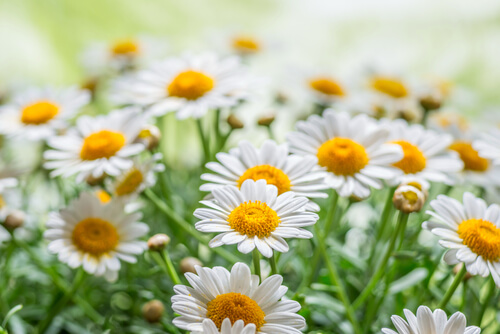
Additionally, it’s fairly easy to grow. Plant it in the summer when it is the hottest. And so, you will need one part dark soil, another sand so that water can always drain well. Then, put it in a part of your house where there is light, but not excessive sunlight, or at least not direct sunlight.
Remember that you will need the flowers to make a chamomile infusion, which is why you will need to wait for the petals to be completely open to pick them. However, be careful, don’t pull out the root or else they will not be able to bloom.
Finally, we encourage you to grow these medicinal and therapeutic plants at home with your children. We’re sure you will enjoy their health benefits.
All cited sources were thoroughly reviewed by our team to ensure their quality, reliability, currency, and validity. The bibliography of this article was considered reliable and of academic or scientific accuracy.
- Surjushe, A., Vasani, R., & Saple, D. (2008). Aloe vera: A short review. Indian Journal of Dermatology. https://doi.org/10.4103/0019-5154.44785
- Srivastava, J. K., Shankar, E., & Gupta, S. (2010). Chamomile: A herbal medicine of the past with a bright future (review). Molecular Medicine Reports. https://doi.org/10.3892/mmr.2010.377
- Mohd Ali, N., Yeap, S. K., Ho, W. Y., Beh, B. K., Tan, S. W., & Tan, S. G. (2012). The promising future of chia, Salvia hispanica L. Journal of Biomedicine and Biotechnology. https://doi.org/10.1155/2012/171956
- Villa‐Rodriguez, J. A., Aydin, E., Gauer, J. S., Pyner, A., Williamson, G., Kerimi, A., Mol. Nutr. Food Res. 2017, 61, 1700566. https://doi.org/10.1002/mnfr.201700566
- Stallings, A. F., & Lupo, M. P. (2009). Practical uses of botanicals in skin care. The Journal of clinical and aesthetic dermatology, 2(1), 36–40.
- Ana Vara-Delgado; Rodolfo Sosa-González; Clara Sonia Alayón-Recio; Nismely Ayala-Sotolongo; Giselle Moreno-Capote; Virginia del Carmen Alayón-Recio. 2019. Uso de la manzanilla en el tratamiento de las enfermedades periodontales. http://scielo.sld.cu/scielo.php?script=sci_arttext&pid=S1025-02552019000300403&lng=es&nrm=iso&tlng=es
- Duthie, G. (1999). Parsley, polyphenols and nutritional antioxidants. British Journal of Nutrition, 81(6), 425-426. doi:10.1017/S0007114599000768
- McKay, D.L. and Blumberg, J.B. (2006), A review of the bioactivity and potential health benefits of peppermint tea (Mentha piperita L.) . Phytother. Res., 20: 619-633. doi:10.1002/ptr.1936
- Chumpitazi, B. P., Kearns, G. L., & Shulman, R. J. (2018). Review article: the physiological effects and safety of peppermint oil and its efficacy in irritable bowel syndrome and other functional disorders. Alimentary pharmacology & therapeutics, 47(6), 738–752. https://doi.org/10.1111/apt.14519
- Panahi Y, Khedmat H, Valizadegan G, Mohtashami R, Sahebkar A. 2015. Efficacy and safety of Aloe vera syrup for the treatment of gastroesophageal reflux disease: a pilot randomized positive-controlled trial. https://www.ncbi.nlm.nih.gov/pubmed/26742306
- Ileana Rodríguez Domínguez; Odalis Santana Gutiérrez; Orlando Recio López; Marilín Fuentes Naranjo. 2006. Beneficios del Aloe Vera l. (sábila) en las afecciones de la piel. http://scielo.sld.cu/scielo.php?pid=S0864-03192006000300004&script=sci_arttext&tlng=pt
This text is provided for informational purposes only and does not replace consultation with a professional. If in doubt, consult your specialist.








